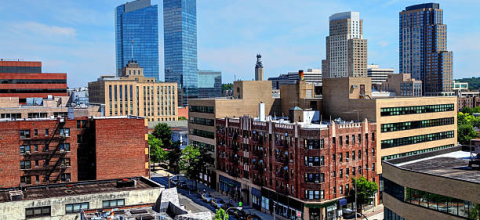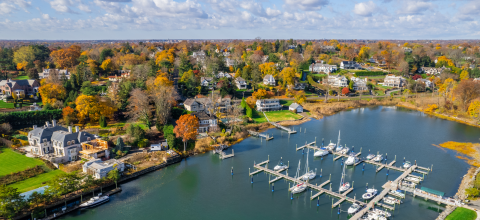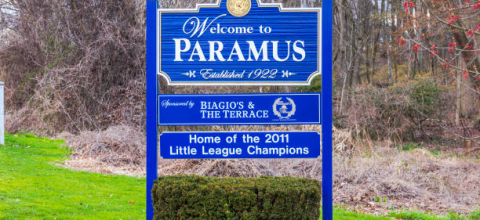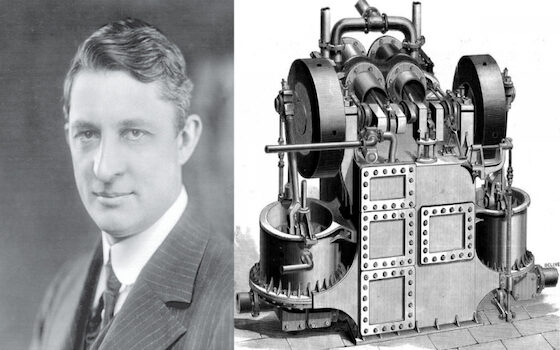History of HVAC
The term HVAC refers for heating, ventilation, and air conditioning. It is a modern technology that controls the vehicular and indoor comfort. It helps to provide thermal comfort and improve the indoor air quality. HVAC system transformed the ways building are built, occupied and designed. The history of HVAC started with the invention of heating the space beyond a stove or fireplace that burned coal or wood.
Here are few key developments behind the fascinating history of HVAC:
- 1861 — The first electric furnace was introduced by William Siemens
- 1885 — The first blast furnace charger was patented by Fayette Brown
- 1901 — A 300-ton cogeneration HVAC system was designed by Alfred Wolff for New York Stock Exchange cooling and humidity control.
- 1902 — The first spray-type temperature- and the humidity- control system was designed by Willis Carrier for the Sackett-Wilhelms printing plant in Brooklyn, NY.
- 1906 — Stuart Cramer, a North Carolina textile engineer, coins the phrase “air-conditioning”.
- 1922 — The first centrifugal chiller was invented by carrier crop.
- 1944 — 4 US patents (which can make efficient air-conditioning of skyscrapers possible) was issued for Carrier Conduit Weathermaster systems.
- 1989 — A new minimum requirements for energy-efficient design of buildings was updated and set to ASHRAE Standard 90.1
- 1990 — The first clean duct was imposed.
- 1998 — The first Puron refrigerant was introduced by Carrier Corp.
Transformations and improvements are still made in the industry. Environmental friendly and high efficient HVAC systems are the current rage. These systems are now regarded as the necessity which used in nearly every home, every building or every office space.
Call 800-482-8224 to schedule an appointment with an Amazon Air Duct Cleaning Professional today!

Dust mites are one of the biggest indoor allergen problems for families in Westchester County. These tiny bugs are so small you can’t see them without a microscope. They live in warm, humid spots and eat the dead skin cells we all shed naturally. What makes people sneeze and wheeze isn’t the mites themselves – it’s their droppings and body parts floating around in

Fall in New Jersey brings beautiful colors and crisp air that draws everyone outdoors. But for allergy sufferers in Ocean County, late August also signals the start of ragweed season – weeks of sneezing, watery eyes, and congestion that can make even the nicest autumn day miserable. What Is Ragweed and Why Does It Love Toms River? Ragweed is a common weed that

The morning breeze from Long Island Sound carries more than just ocean air through Stamford’s neighborhoods. That salty scent signals trouble for your home’s air conditioning system. Residents in waterfront areas like Shippan Point and Cove Island experience this daily, but many don’t realize how coastal air damages their AC equipment. Salt particles in the air create a corrosive environment that speeds up metal

Spring pollen season and unpredictable Bergen County weather don’t have to derail your family’s weekend plans. Paramus offers numerous indoor destinations perfect for creating lasting memories while avoiding seasonal allergens that can trigger sneezing, watery eyes, and breathing difficulties. These carefully selected venues provide engaging experiences for children and adults alike, giving families comfortable spaces to enjoy quality time together. 1. Westfield Garden

Business owners are always looking for investments that actually pay off. You upgrade equipment, invest in technology, but there’s one thing most people skip: commercial air duct cleaning. This service hits your bottom line in three ways – lower operating costs, better employee productivity, and happier customers. The Business Costs of Dirty Ducts You Never Considered Commercial buildings deal with air quality issues

Dust mites are one of the biggest indoor allergen problems for families in Westchester County. These tiny bugs are so small you can’t see them without a microscope. They live in warm, humid spots and eat the dead skin cells we all shed naturally. What makes people sneeze and wheeze isn’t the mites themselves – it’s their droppings and body parts floating around in

Fall in New Jersey brings beautiful colors and crisp air that draws everyone outdoors. But for allergy sufferers in Ocean County, late August also signals the start of ragweed season – weeks of sneezing, watery eyes, and congestion that can make even the nicest autumn day miserable. What Is Ragweed and Why Does It Love Toms River? Ragweed is a common weed that

The morning breeze from Long Island Sound carries more than just ocean air through Stamford’s neighborhoods. That salty scent signals trouble for your home’s air conditioning system. Residents in waterfront areas like Shippan Point and Cove Island experience this daily, but many don’t realize how coastal air damages their AC equipment. Salt particles in the air create a corrosive environment that speeds up metal

Spring pollen season and unpredictable Bergen County weather don’t have to derail your family’s weekend plans. Paramus offers numerous indoor destinations perfect for creating lasting memories while avoiding seasonal allergens that can trigger sneezing, watery eyes, and breathing difficulties. These carefully selected venues provide engaging experiences for children and adults alike, giving families comfortable spaces to enjoy quality time together. 1. Westfield Garden

